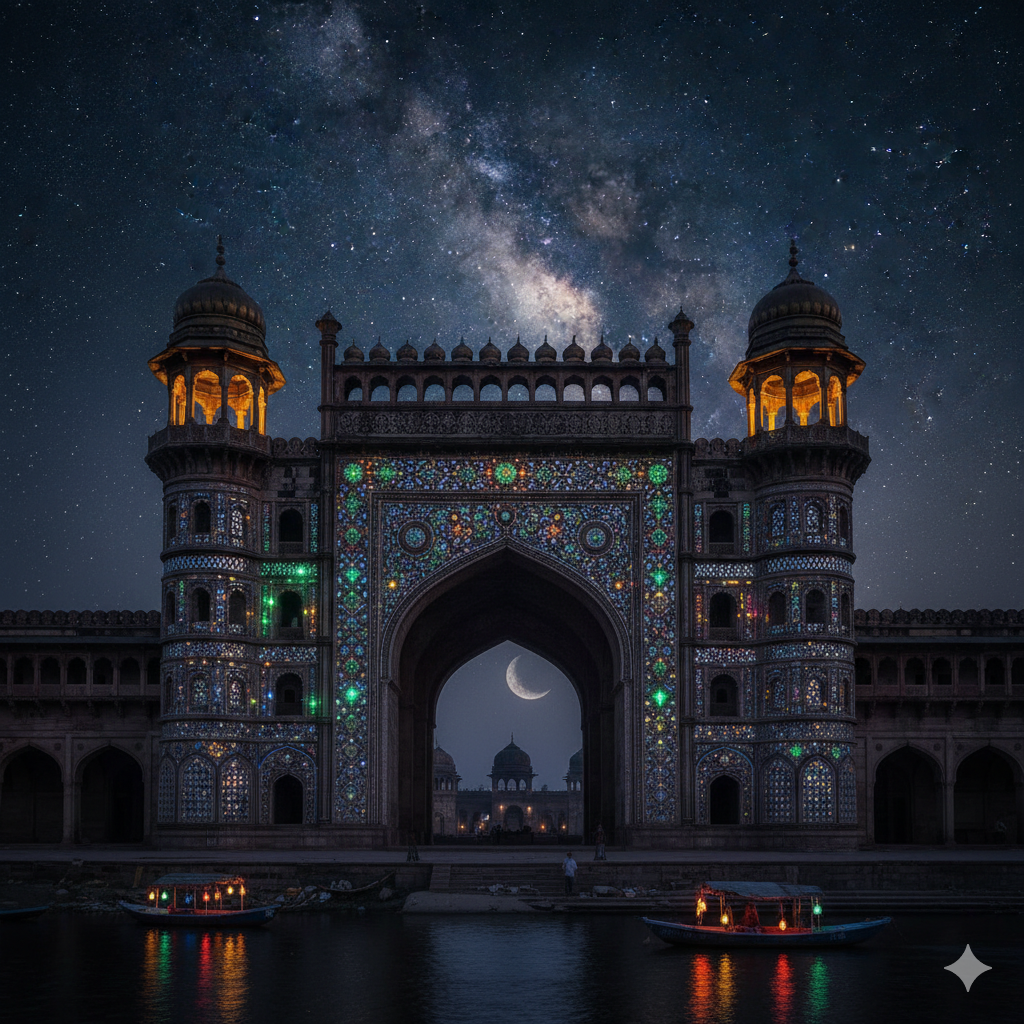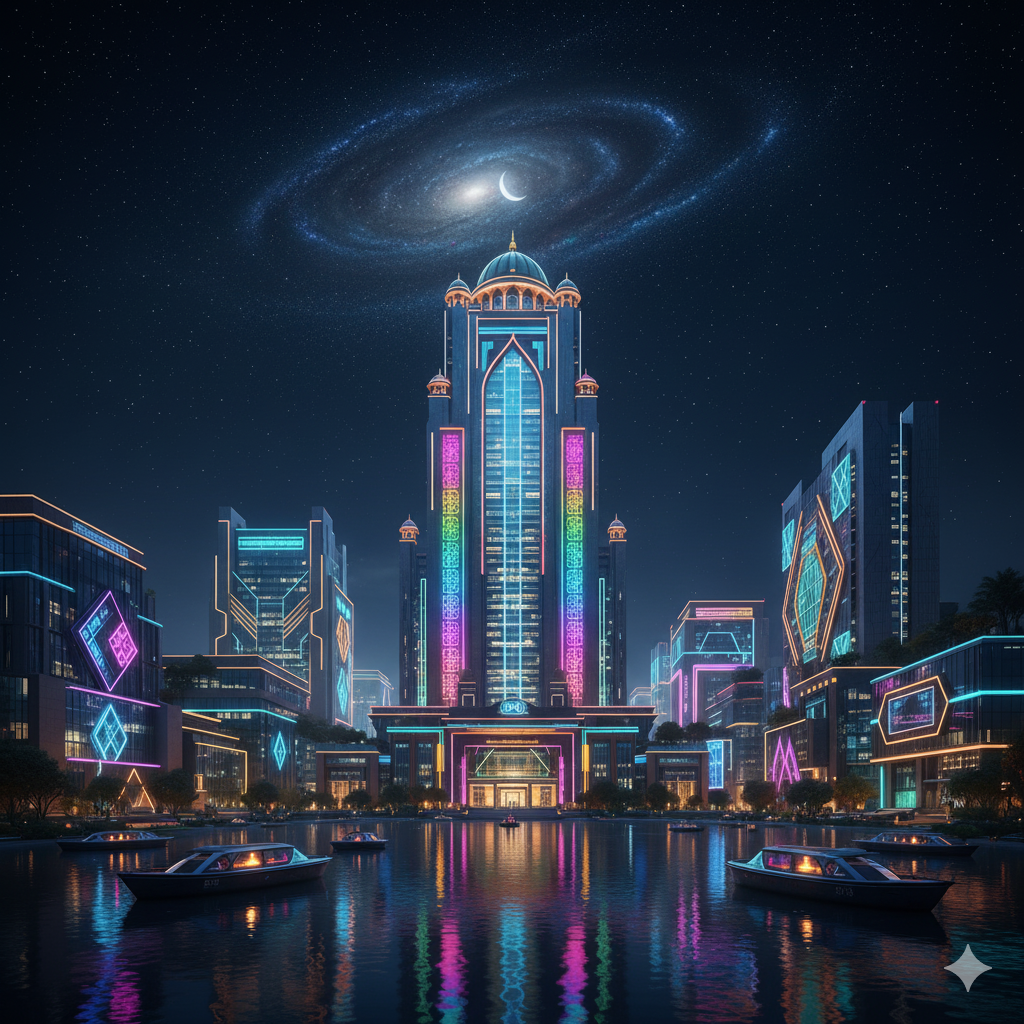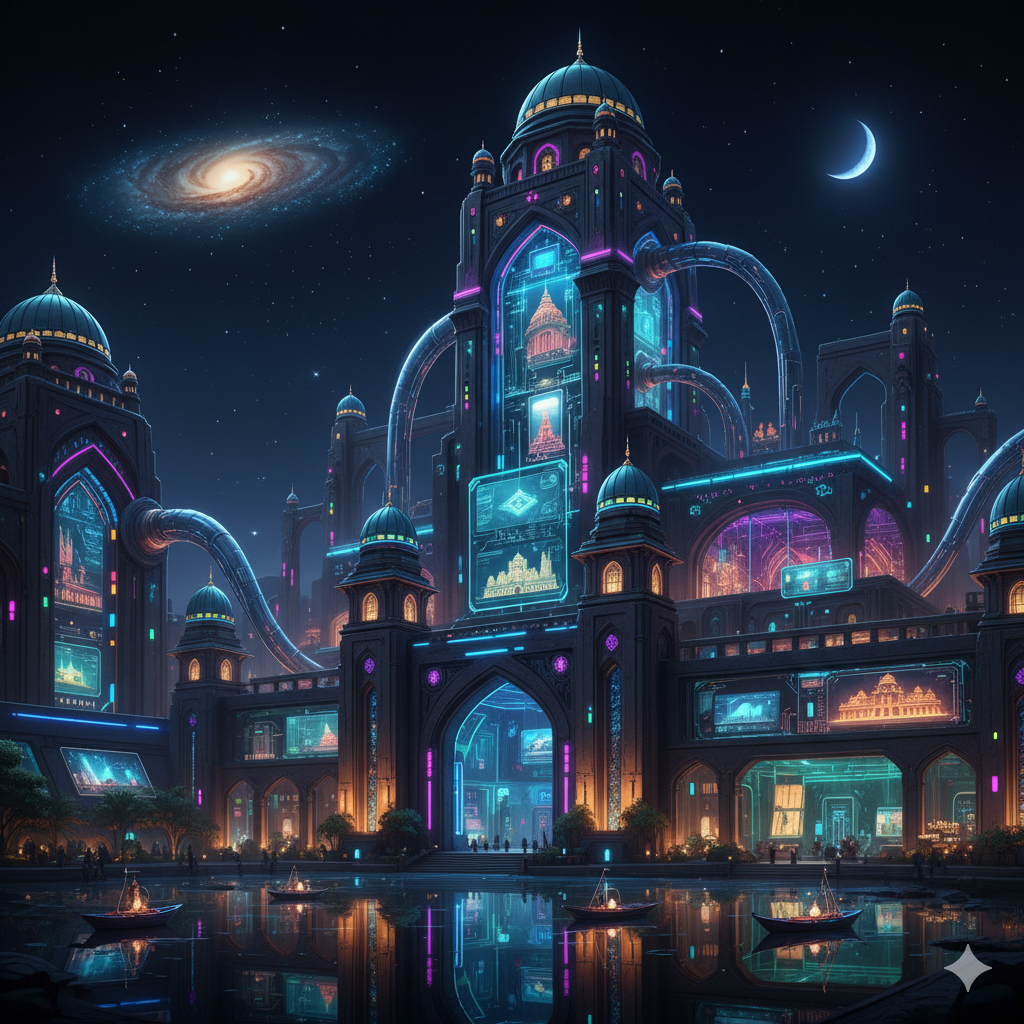Agra, located in the northern state of Uttar Pradesh, India, is historically and culturally significant due to its rich Mughal legacy. The city is home to several iconic monuments, with architectural marvels that are celebrated worldwide. These monuments stand as testaments to the grandeur and opulence of the Mughal Empire. The architectural features of these structures combine Persian, Timurid, Ottoman Turkish, and Indian styles, resulting in a unique synthesis that has been a source of inspiration for architects across the globe. In this essay, we will explore the architectural features of the famous monuments of Agra: the Taj Mahal, Agra Fort, and Fatehpur Sikri, with emphasis on their design, construction, and cultural significance.
1. Taj Mahal: A Symbol of Eternal Love
The Taj Mahal, arguably the most famous monument in the world, is a masterpiece of Mughal architecture and is a UNESCO World Heritage site. Built by Emperor Shah Jahan in memory of his wife, Mumtaz Mahal, the Taj Mahal reflects the peak of Mughal architectural brilliance. The architectural features of the Taj Mahal demonstrate a harmonious blend of various styles, including Persian, Ottoman, and Indian.
Key Features of the Taj Mahal’s Architecture:
- Marble Dome and Central Structure: The Taj Mahal’s most striking feature is its massive white marble dome that stands at about 35 meters in height. The dome is an example of Islamic architecture, and its design is based on the classical Persian style. It is surrounded by four smaller domes, which create a sense of symmetry. The central dome is flanked by four minarets at the corners of the platform, symbolizing the entry to paradise in Islamic tradition.
- Symmetry and Balance: One of the most impressive aspects of the Taj Mahal is its perfect symmetry. The entire monument, from the central mausoleum to the gardens and reflecting pools, is designed in such a way that it forms a perfect geometric layout. This symmetry is a hallmark of Mughal architecture and signifies the idea of harmony and order, which was deeply rooted in Mughal ideals.
- Intricate Marble Inlay Work: The marble surface of the Taj Mahal is adorned with exquisite floral motifs, geometric patterns, and calligraphy. This inlay work, also known as Pietra Dura, uses semi-precious stones like turquoise, lapis lazuli, and jasper. These intricate patterns add to the monument’s visual appeal and reflect the craftsmanship of Mughal artisans.
- Gardens and Reflecting Pools: The Taj Mahal is set within a Charbagh (a four-part garden), which is a traditional Mughal garden design symbolizing the gardens of paradise. The garden is divided by waterways and features reflecting pools that mirror the monument’s grandeur. The layout of the garden is designed in perfect symmetry, complementing the overall beauty of the Taj Mahal.
- Use of Red Sandstone: While the Taj Mahal itself is constructed entirely of white marble, the gateway and surrounding buildings are made from red sandstone. This contrast between the white marble of the mausoleum and the red sandstone of the surrounding structures emphasizes the Taj Mahal’s prominence and creates a striking visual effect.
2. Agra Fort: A Military Fortress with Mughal Grandeur
The Agra Fort, another UNESCO World Heritage site, is a massive red sandstone fortification located just a few kilometers from the Taj Mahal. It was originally built by Emperor Akbar in 1565 and later expanded by his successors. The fort served as the main residence of the Mughal emperors until the capital was moved to Delhi.
Key Features of the Agra Fort’s Architecture:
- Red Sandstone Walls: The Agra Fort is primarily constructed from red sandstone, which was sourced from the region. The fort’s walls are massive and rise to a height of about 20 meters, providing a formidable defense system. The fort’s design reflects the Mughal emphasis on both military strength and aesthetic grandeur. The massive walls are interspersed with bastions, providing a commanding view of the surroundings.
- Diwan-i-Aam (Hall of Public Audience): The Diwan-i-Aam is one of the most significant structures within the Agra Fort. This open pavilion features a large, ornate central chamber where the emperor would hold court and listen to public grievances. The hall’s intricate architecture, including marble pillars and a decorative ceiling, showcases the artistic achievements of the Mughal court.
- Diwan-i-Khas (Hall of Private Audience): The Diwan-i-Khas is another important building within the fort. It is made of white marble and is noted for its delicate carvings and intricate inlay work. The emperor would meet with courtiers and diplomats in this private hall. The central throne is beautifully carved, and the architectural design exudes luxury and opulence.
- Jahangir Mahal: The Jahangir Mahal, built by Emperor Akbar for his wife, Mariam-uz-Zamani, is a magnificent palace within the fort. The architecture of the Mahal combines Persian, Indian, and Islamic styles, and its elegant marble work, intricate carvings, and lavish decorations reflect the grandeur of the Mughal court.
- Mughal Gardens: Similar to the Taj Mahal, the Agra Fort also features a series of Mughal gardens, which are designed in the Charbagh style. These gardens not only serve an aesthetic purpose but also symbolize the idea of paradise, providing a serene escape from the military and administrative functions of the fort.
- Sheesh Mahal (Mirror Palace): The Sheesh Mahal is one of the most captivating structures in the Agra Fort. The walls and ceiling of this palace are covered with thousands of tiny mirrors, creating a glittering effect when light is reflected. The Sheesh Mahal is an example of the Mughal love for opulence and luxury, with its sparkling, reflective surfaces intended to convey the splendor of the emperor’s court.
3. Fatehpur Sikri: The Abandoned Mughal City
Fatehpur Sikri, located about 40 kilometers from Agra, was built by Emperor Akbar in the late 16th century. This city, once a thriving capital, was abandoned after only a few decades due to water shortages and other logistical challenges. Despite its relatively short-lived history, Fatehpur Sikri remains a remarkable example of Mughal architectural achievement.
Key Features of Fatehpur Sikri’s Architecture:
- Buland Darwaza: One of the most impressive features of Fatehpur Sikri is the Buland Darwaza, or “Gate of Magnificence,” which is the main entrance to the city. Standing 54 meters high, this grandiose gate was built to commemorate Akbar’s victory in Gujarat. The architectural style of the gate is a blend of Persian and Mughal influences, with intricate carvings and inscriptions adorning the structure.
- Jama Masjid: The Jama Masjid in Fatehpur Sikri is a stunning example of Mughal mosque architecture. It is built from red sandstone and features an expansive courtyard, surrounded by arched corridors. The central dome of the mosque is surrounded by smaller domes, and the prayer hall is decorated with fine carvings and calligraphy. The mosque is a reflection of the Mughal emperors’ deep commitment to Islam.
- Diwan-i-Aam and Diwan-i-Khas: Similar to the Agra Fort, Fatehpur Sikri also features a Diwan-i-Aam and a Diwan-i-Khas. These structures are characterized by open courtyards and finely decorated pavilions, showcasing the elegance and sophistication of Mughal architecture. The Diwan-i-Khas, especially, features a unique central pillar, which has an octagonal base and a circular top, symbolizing the emperor’s role as the central figure of authority.
- Panch Mahal: The Panch Mahal is a five-story building within Fatehpur Sikri that exemplifies the Mughal fascination with light and air circulation. The structure is a delicate lattice of columns and pillars that rise to an impressive height. Each story of the Panch Mahal is open on all sides, creating a visually striking effect.
Conclusion
The monuments of Agra are a reflection of the grandeur, sophistication, and cultural diversity of the Mughal Empire. The Taj Mahal, Agra Fort, and Fatehpur Sikri represent the pinnacle of Mughal architecture, blending Persian, Indian, and Islamic styles into a unique and captivating fusion. Each monument serves as a reminder of the Mughal emperors’ opulence and their deep appreciation for art, culture, and beauty. These architectural wonders continue to inspire visitors and architects alike, symbolizing the enduring legacy of the Mughal dynasty.





This piece of writing presents clear idea in favor of the new users of blogging, that truly how to do blogging.